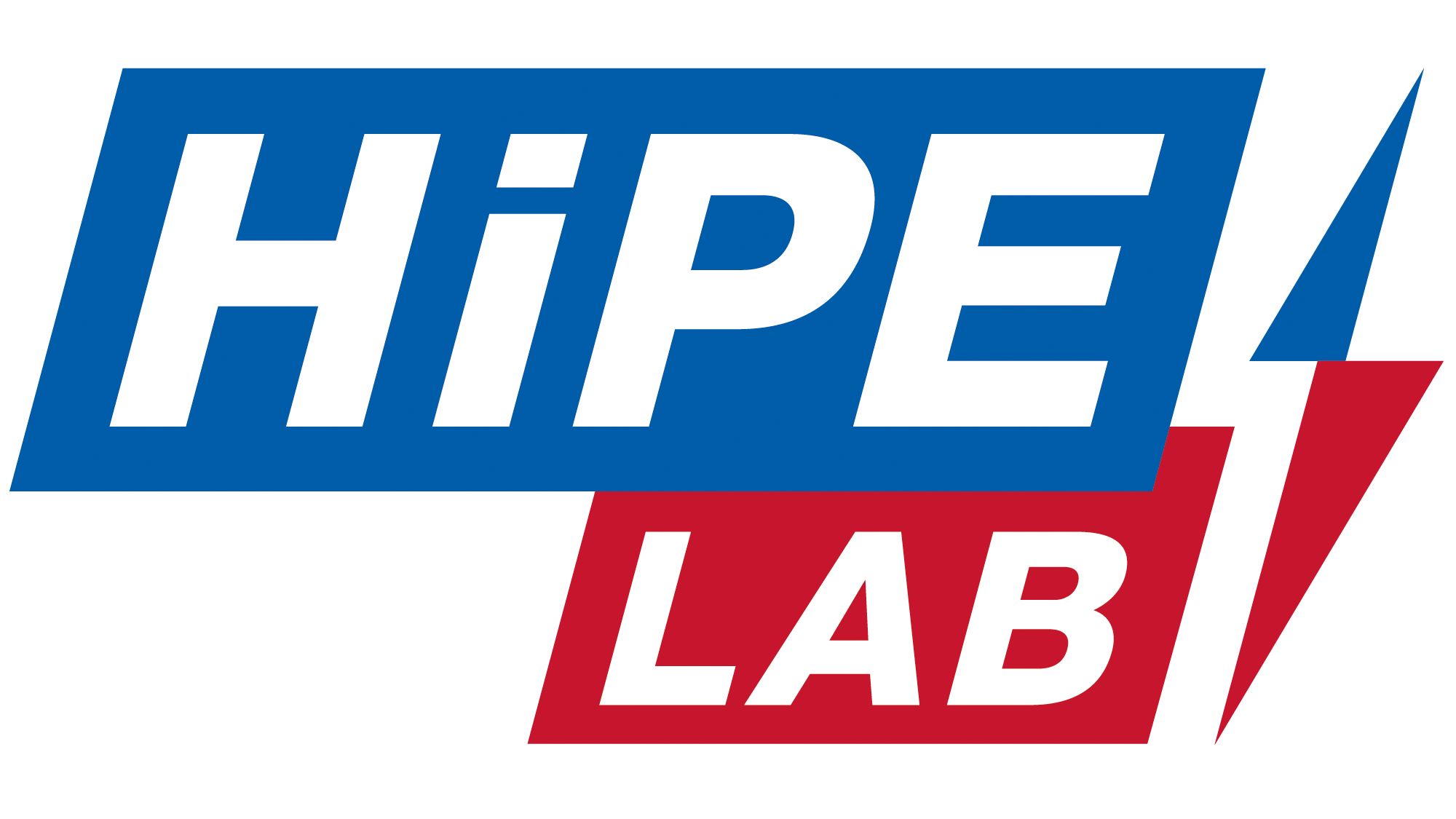Research
Research projects at the HiPE-LAB
The following research projects use the HiPE-LAB to test the newly developed systems.
ReCoWind
Frequency converters are indispensable components of modern wind turbines. At the same time, they exhibit high failure rates and cause considerable repair costs and yield losses. The aim of the ReCoWind project is to further investigate the causes and mechanisms of the often premature and unforeseen failures of frequency converters in wind turbines. One focus is humidity as a failure-relevant influencing factor identified in preliminary work. Based on the results of field data, model-based and experimental investigations, measures in the field of design, operation management, maintenance as well as in the field of component testing are derived to increase the reliability of frequency converters in wind turbines.
Within the framework of ReCoWind, it was possible for the first time to measure converter modules equipped with temperature and humidity sensors in a converter system in the HiPE-Lab under combined climatic and electrical loads. To ensure application-typical, realistic test conditions, the test profiles were derived from field measurement data recorded during field measurement campaigns in the ReCoWind project, among others. The aim of the measurements is to record and better understand the microclimate in converters.
SiC-Mobil
The aim of the SiC-Mobil joint project is to make traction drives and charging systems for electric vehicles smaller, lighter and more efficient. The key to this lies in power electronics. Novel power semiconductor components based on silicon carbide (SiC) enable the realisation of high-power converters with less installation space and weight, while at the same time achieving higher efficiency than with the silicon-based switches (IGBT) used to date. Research and development work on SiC converters for electromobility is therefore still the subject of current research in the entire automotive industry worldwide. The economically successful use of SiC converters in electromobility can only be achieved if, in addition to the pure converter functionality, the parasitic lifetime and EMC effects are also included in the SiC converter development as part of an interdisciplinary development process.
Establishment of the HLE research group "High power electronics of wind turbines"
The high development speed of today's multi-megawatt wind turbines means that there can hardly be any long-term experience in terms of technical reliability during continuous power generation over the entire lifetime. Their global distribution leads to increasingly diverse and, as a result, challenging environmental conditions for the power electronics used. At the same time, cost pressure leads to a minimisation of the system air conditioning, so that the electronics are not only exposed to different load profiles, but also to changing climatic conditions. The main task of the ERDF-funded research group "High-performance electronics of wind turbines" is to investigate multimodal loads by researching the interactions between electrical, mechanical and climatic profiles. In the new competence centre, power electronic components and their behaviour based on field experience and in the entire range from individual component tests to tests with complete converters were carried out and analysed for four years. Predicting the effect of multimodal loads during the development phase is of great importance for the lifetime of components and for avoiding field failures and thus for long-term product success.
The importance of the laboratory facilities for practical reliability tests that have been created within the project can already be seen today in the demand from companies for simulation models, load measurements, further research and development cooperation and concrete investigations in the HiPE-LAB. In particular, the research group’s expertise in taking a holistic view of the areas of power electronic components, converter technology and control technology, from components to circuit modules to test benches for practical investigations of dynamic loads that the electronic components of wind turbines have to endure, comes into play here. With modern analysis and measurement systems for determining the component characteristics and by simulating component simulations, important insights can be gained both for increasing the lifetime and for increasing the efficiency of the power components.



